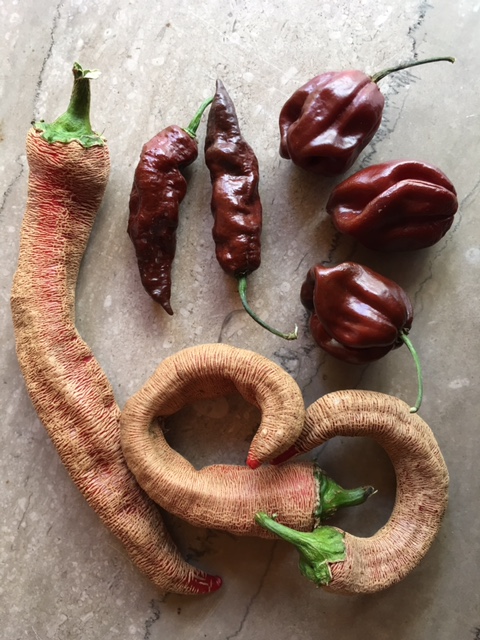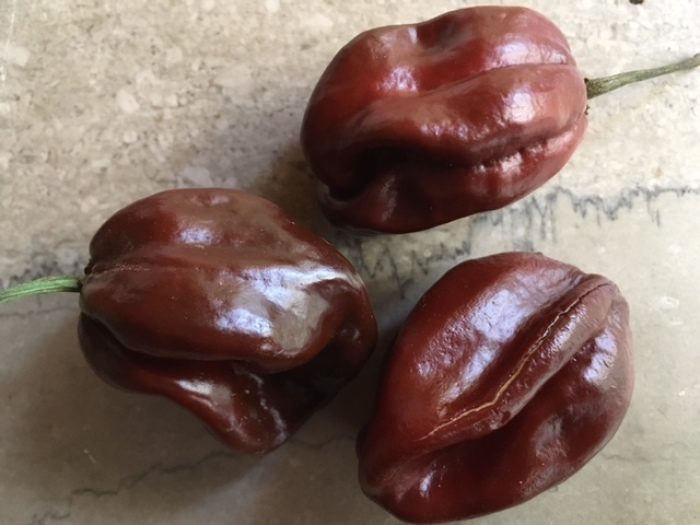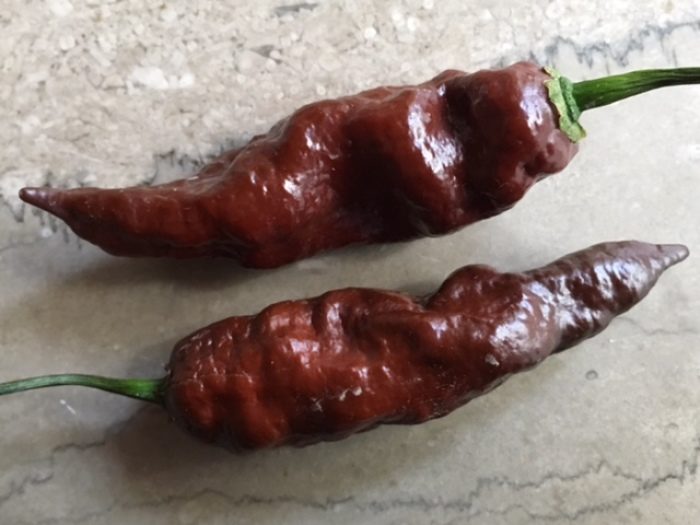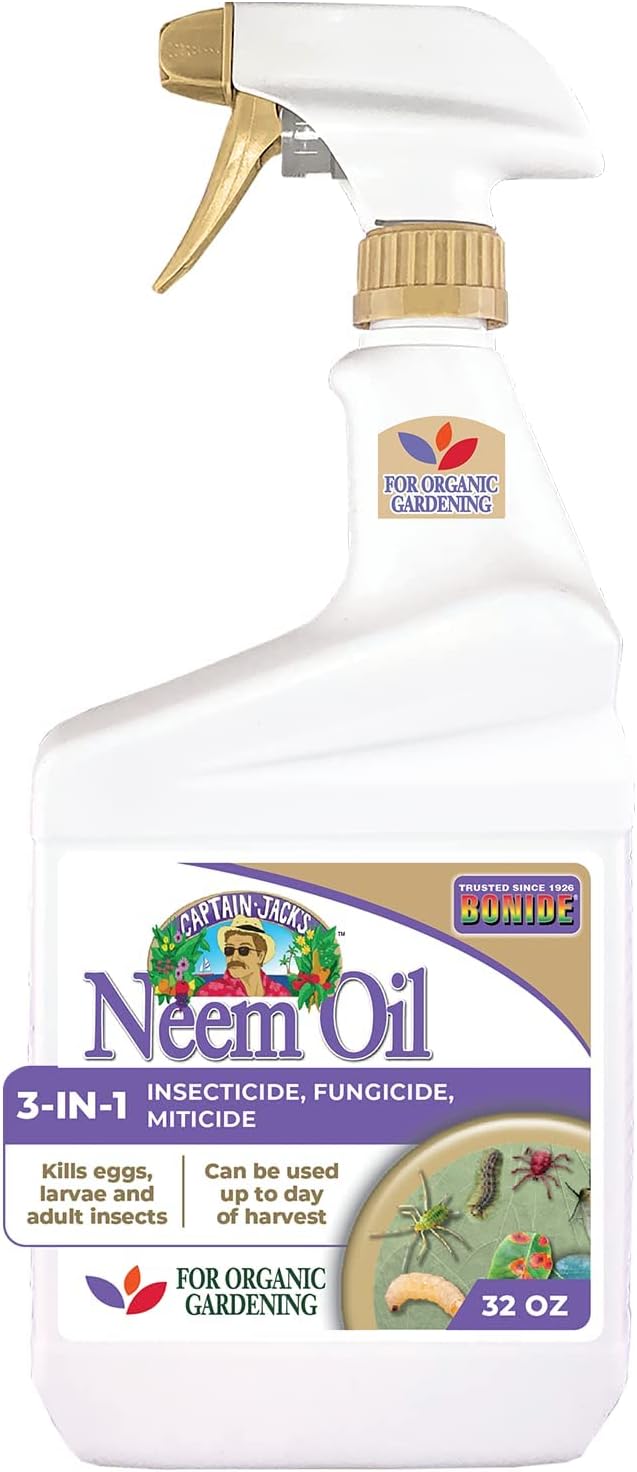Chili Pepper Season: Here’s a Trio to Try
These chilis might be new to you, but they are definitely worth growing

Being a confessed chilihead, I have grown many varieties for over 40 years. Here are a few that might be new to you that I think are worth growing. This year I tried three new chilis I had not grown before, though I have grown similar cultivars of the habanero and the ghost peppers.
‘Rezha Macedonian’
I must confess that I grew this chili pepper just for its appearance. I was intrigued when I saw it in Baker Creek’s catalog. There it states that the name means “engraved”; ‘Vezeni Piperki’, another local name, translates to “embroidered.” The peppers are long and thin, and the skins are covered with “curious striations.” I was slightly hesitant to buy it because it looks leathery, cracked, and somewhat dried or parched—and I do not like it when my jalapenos get cracks on them. However, I went for it anyway, as did a gardening friend of mine, whose Rezhas grew more prolifically than mine (pictured here).
Tasting them is variable. The seed cavity is fairly hot, and the chilis vary from mild to slightly hot with a flavor that is not particularly special. I was worried that they would be tough; they are a bit chewy, although when used in salsa this is not at all noticeable. I hope to try some of them and use them on wreaths and swags because they are so unique in appearance; each one is like a piece of artwork, as you can see in the photos.
Recently, friend Anne Thompson and I used a number of her Rezhas to make salsa with tomatoes, onions, garlic, savory, lime juice, primarily Rezhas, and just a couple ‘Fatali’ and ‘Chocolate Habenero’, and it was too hot for her. We had used all of the tomatoes, so we added the ripe peaches that we had to help lessen the heat. It turned out to be very tasty—and still pretty pungent.

Chocolate Habanero
I’ve grown the common orange habanero and a few red cultivars and a ‘Mustard Habanero’, as well as the Caribbean ‘Scotch Bonnet’. The chocolate one is just as fiery as the aforementioned, registering at about 300,000 Scoville Heat Units (SHU), only it is a lovely red brown color, which makes one think of chocolate. It has that lovely fruitiness like the other Capsicum chinensis, which I would describe as slightly apricotlike.

Chocolate Ghost Pepper or Bhut Jolokia ‘Chocolate’
I picked up a plant of this from Inlet Culinary Garden in Pawley’s Island while I was having a “Family Eclipse Reunion” in South Carolina. It has the same wicked heat as the ghost pepper at about 1,000,000 SHU; however, it is a little sweeter and fruitier than the red ripe ghost pepper. Use this incendiary chili carefully. The chocolate-colored peppers make a handsome display plant.
I would grow all three of these chilis again next season. Remember to wear gloves if you are preparing really hot peppers in the kitchen!
Fine Gardening Recommended Products

DeWit Spork with Solid Socket
Fine Gardening receives a commission for items purchased through links on this site, including Amazon Associates and other affiliate advertising programs.

Bonide Captain Jack's Neem Oil, 32 oz Ready-to-Use Spray, Multi-Purpose Fungicide, Insecticide and Miticide for Organic Gardening
Fine Gardening receives a commission for items purchased through links on this site, including Amazon Associates and other affiliate advertising programs.

Razor-Back Potato/Refuse Hook
Fine Gardening receives a commission for items purchased through links on this site, including Amazon Associates and other affiliate advertising programs.









Comments
Log in or create an account to post a comment.
Sign up Log in